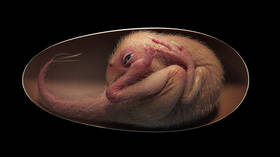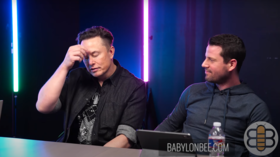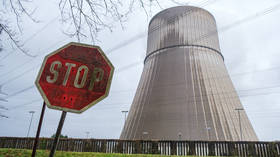Perfectly preserved dinosaur embryo found in egg

A perfectly preserved fossil of a baby dinosaur curled up inside its egg has been rediscovered at the back of Chinese museum, having been mislaid for years, shedding new light on the links between Mesozoic-era creatures and birds.
In a paper published on Tuesday, scientists hailed the discovery of the Late Cretaceous oviraptorid theropod dinosaur embryo as significant.
The 70-million-year-old fossil has been nicknamed Baby Yingliang, after the Yingliang Stone Nature History Museum where it was found. The fossil had been bought in 2000 by the Chinese company that subsidizes the institution, but been forgotten about for two decades, until it was unearthed by museum staff.
Darla Zelenitsky, an associate geoscience professor at Canada’s University of Calgary, who co-authored the paper, said it was incredibly rare to find baby dinosaur bones, so this particularly find was extraordinary.
“It is an amazing specimen ... I have been working on dinosaur eggs for 25 years and have yet to see anything like it,” Zelenitsky told CNN. “Up until now, little has been known of what was going on inside a dinosaur’s egg prior to hatching, as there are so few embryonic skeletons, particularly those that are complete and preserved in a life pose.”
The egg is around 7in (17cm) long, while the baby dinosaur was believed to be around 11in (27cm) long from head to tail. The researchers – who hail from the UK, Canada, and China – contended that Baby Yingliang would have been moving around inside it before hatching, similar to modern-day birds.
Analysis of the egg shows that the dinosaur’s posture was also similar to that of a late-stage modern bird embryo, suggesting that avian tucking behavior – a reference to the protective head-under-wing position adopted by birds a few days before hatching from the shell – may have originated among non-avian theropods.
It had previously been thought that behavior was unique to birds. “We were surprised to see this embryo beautifully preserved inside a dinosaur egg, lying in a bird-like posture. This posture had not been recognized in non-avian dinosaurs before,” paleobiologist Waisum Ma, of the UK’s University of Birmingham, who led the project, said in a statement.















